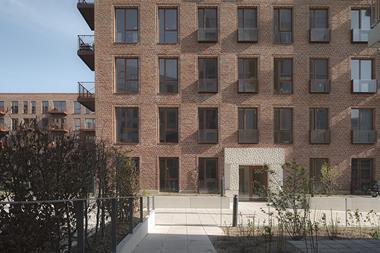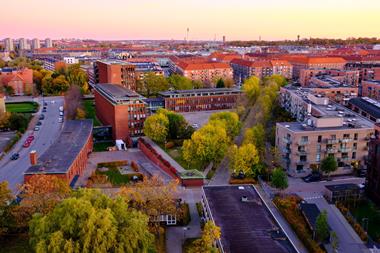Europe’s real estate leaders are concerned about buildings becoming obsolete in the medium term, according to a report by the Urban Land Institute (ULI) and PwC.
According to the Emerging Trends in Real Estate Europe 2023 report, the threat of obsolescence over the next five years concerns nearly half of the survey’s 1,038 respondents, “even if other issues, notably construction costs, are front-of-mind in the shorter term”.
Moreover, environmental sustainability, one of the key factors driving obsolescence, is seen as a bigger immediate concern.
According to the report, most of the industry leaders are making long-term resources available to address the fit-for-purpose agenda.
“However, the challenging business environment has reshuffled priorities to financing and high construction costs, and scarcity of resources has made real estate renewal more expensive to achieve, consequently delaying much-needed investment.”
The report said the respondents acknowledge the failure of valuations to reflect sustainability-related capex requirements, even though 81% of those surveyed believe ESG credentials will have a material effect on asset valuations over the next 12-18 months.
More than three-quarters of respondents expect to be repurposing still more assets in five years’ time. Office to residential is expected to be the most common repurposing in the next 5 years, followed by retail to mixed-use (45%) and office to mixed-use (38%).
ULI Europe CEO, Lisette van Doorn, said: “The industry is in a tough position with high inflation and construction costs, and occupiers facing rising occupancy costs from high energy prices. This heavily impacts rent affordability. At the time of rent renewal, many will critically review the options to reduce occupancy costs by moving to a sustainable building, which also helps them attract and retain talent. We, therefore, expect environmental sustainability to become a ‘must-have’ for sound operational performance.
“In addition, the 20-year view suggests a big shift away from single-use real estate and a blurring of the boundaries between sectors. Keeping our buildings ‘fit-for-purpose’ is vital if we want resilience and the flexibility to meet rapidly changing occupier demands and use our spaces and cities more efficiently.”
To read the latest edition of the latest 91��ý���� magazine click here.




















